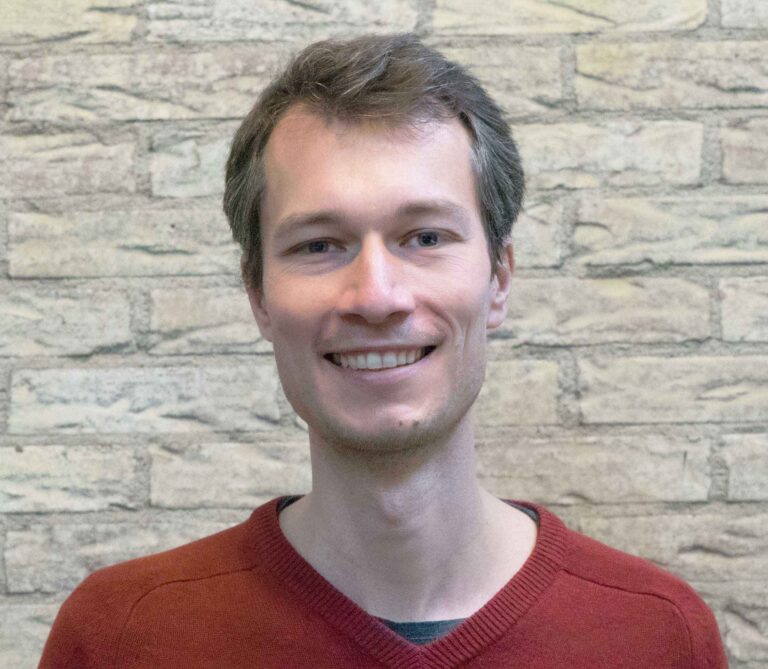| University | University of Groningen (UG) |
| Institute and/or group | Groningen Biomolecular Sciences & Biotechnology Institute (GBB) |
| Advisors | Prof. dr. Bert Poolman (UG), Prof. dr. Dirk Slotboom (UG) |
| oLife Research Areas | II. Defining properties and synthesis of Life, from the molecular to the biosphere level III. Modelling, predicting and steering of Life |
| Start date
End date Next career step |
August 1, 2020
July 31, 2023 Scientist Fungal Strain Engineering, Formo, Frankfurt, Germany |
Profile of the fellow
After becoming a technical assistant, Sebastian found a passion for research and studied pharmacy at the University of Munich, Germany. In his following doctoral research, he became interested in the specialized metabolism of microorganisms, which gives rise to a wide array of natural products. In this field, he joined the group of Michael Müller in Freiburg, Germany, where he focused on finding new oxidative enzymes that catalyze unusual reactions such as phenol coupling. He also identified the genes that are responsible for the production ibotenic acid, the main toxin of the fly agaric. Now, joining the oLife Programme, he will dedicate his work to study the evolution of secondary active transporters.
Transporter evolution
APC transporters are secondary active transporters that underwent an impressive diversification during evolution. They transport a wide range of substrates in all phyla of life. In humans for example, their substrates include many amino acids and almost all neurotransmitters.
The diverse specificities must have arisen from one ancestral transporter, which was likely present in the last universal common ancestor. From there, the family grew to thousands of different proteins each with different substrate profile. Can we retrace this evolutionary path? Can we evolve present day transporters in the lab to change their specificity? Can we resurrect ancestral transporters and study their behavior? These questions will be answered in my oLife project and might even help in providing new transporters for building a synthetic cell (also pursued by the Slotboom and Poolman labs).

Sebastian Obermaier
